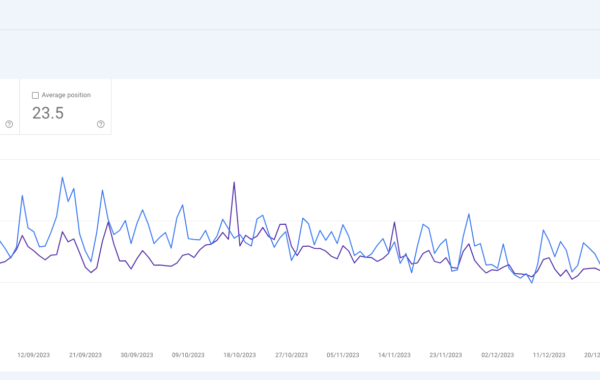Your website is not just a digital presence; it’s a vital tool for lead generation. This blog will guide you through the process of optimising your website to convert more leads. As your digital marketing advisor, I’m here to provide you with actionable steps to transform your website into a lead-generating powerhouse. Let’s delve into the strategies that will help you turn casual visitors into valuable leads.
Website’s role in lead conversion
Your website isn’t just a virtual storefront; it’s the engine of your lead generation process. To effectively optimize it, you must first understand how it fits into the customer acquisition journey.
- Landing Pages for Conversion: Landing pages should be designed to pique interest and guide users toward specific actions.
- Strategic CTAs: Every page on your website should feature clear, compelling CTAs that lead users toward your desired action.
- Effective Forms: Forms are crucial for collecting lead information. They must be user-friendly and strategically placed to encourage submissions.
Powerful user experience
A seamless and intuitive user experience is the foundation of effective lead conversion. Consider the following key aspects of user experience optimization:
- Mobile-Friendly Design: Ensure your website is responsive, as many users browse on mobile devices.
- Speed Matters: A fast-loading website is essential for keeping visitors engaged.
- Intuitive Navigation: Simplify your website’s navigation so that users can easily find what they’re looking for.
Landing page content that converts
The content on your website should not only inform but also persuade visitors to take action. Here’s how to utilize content for lead conversion:
- Compelling Copywriting: Craft persuasive copy that emphasizes the benefits of your products or services and encourages action.
- Social Proof: Showcase positive customer experiences through testimonials and reviews to build trust and credibility.
- Educational Content: Offer valuable resources such as eBooks, guides, and webinars to attract and nurture leads.
A/B testing: Progressive improvements
A/B testing involves comparing two versions of a web page to determine which one performs better. This iterative process is critical for improving conversion rates. Here’s how to use A/B testing effectively:
- Identify Key Elements: Test various elements like headlines, CTAs, and form fields to find the most effective combination.
- Set Clear Goals: Determine what specific improvement you want to achieve and measure success based on defined metrics.
- Analyze and Optimize: Carefully analyze the results of A/B tests and make data-driven adjustments to your website.
Form optimisation: Capturing quality data
Forms are essential for collecting lead information. Optimizing your forms can significantly impact your lead conversion rate. Key strategies include:
- Minimize Form Fields: Request only essential information to reduce friction and increase form submissions.
- Progressive Profiling: Gather additional data over time through multiple form interactions instead of in a single submission.
- Confirmation Pages: After submission, redirect users to a thank-you page with clear next steps.
Trust and security: Building confidence
Visitors are more likely to convert into leads if they trust your website. Here’s how to build trust and security:
- Transparency with Privacy Policy: Clearly communicate your data privacy policy to assure users that their information is safe.
- SSL Encryption: Use SSL encryption to protect data during transmission.
- Display Trust Seals: Showcase trust seals or badges to convey a sense of security and authenticity.
Analytics and conversion tracking
To optimize your website for lead conversion, you need data and insights. Web analytics tools provide valuable information such as:
- Conversion Tracking: Monitor which pages and sources are driving the most conversions.
- User Behavior Analysis: Understand how visitors navigate your site and identify potential bottlenecks.
- Traffic Sources Insights: Determine where your traffic is coming from, allowing you to focus efforts on high-converting channels.
Optimising your website for lead conversion is a continuous process that requires attention to detail and data-driven adjustments. By implementing the strategies and techniques discussed in this guide, you’ll be well on your way to turning casual website visitors into valuable leads.
At Maccs Digital, we specialise in helping businesses like yours maximise their lead conversion potential. We’re here to guide you through every step of the process, from creating compelling content to streamlining forms and improving user experience. Ready to supercharge your lead conversion efforts? Contact us today for a personalised consultation and take the first step toward a more successful online presence.
Ready to take the next step in optimising your website for lead conversion? Apply to work with Maccs Digital here for a personalised consultation and unlock the full potential of your online presence. We’re here to help you achieve remarkable results!


